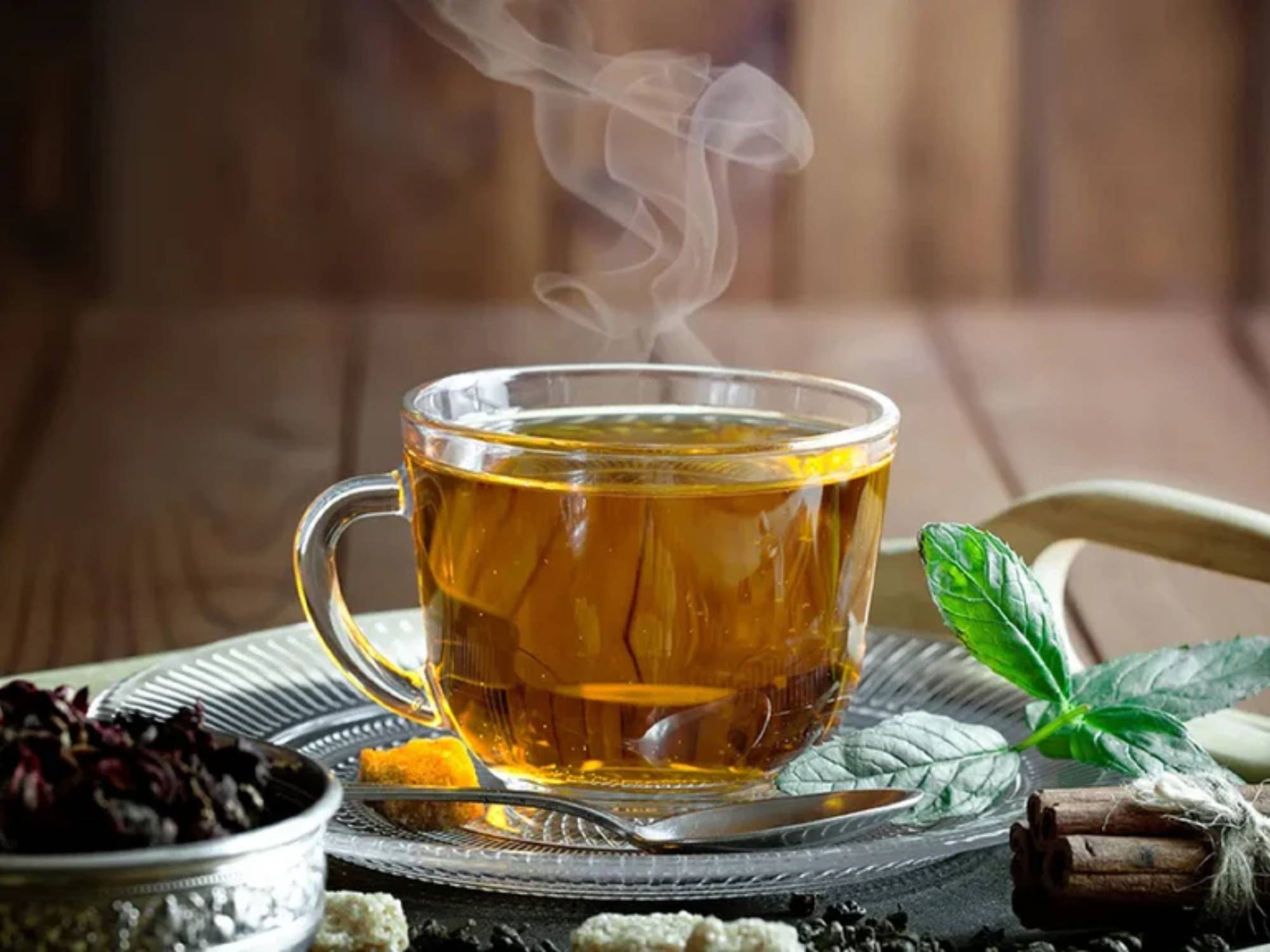
Sri Lankan Tea came to Sri Lanka when extensive coffee plantations were decimated by disease in the 19th century. Tea actually first came to Sri Lanka in 1824 as part of a botanical exhibit planted by the British Nobody had any idea what this would lead to. Most Ceylon tea today is exported to worldwide specially to Eastern Europe and the Middle East, where the product is in enormous demand
Seeing Tea
A great introduction to the endless rolling green fields of the Hill Country’s tea plantations is riding the train from Ella to Haputale. In just a few hours you’ll see dozens of plantations and their emerald-green carpets of plants. Amid it all you’ll see the brightly garbed workers toiling under the sun, busily meeting their quotas for the day.
Getting Active with Tea
There are all manner of hikes, treks and rides through the Hill Country’s tea regions.
Here some of our favorites.
» A 10km bicycle ride through tea plantations that begins in Nuwara Eliya.
» A 7km walk through tea plantations to mountain-lookout Lipton’s Seat near Haputale.
» A 4.5km walk through lush tea plants and verdant hills to the lookout at Little Adam’s Peak near Ella.
Buying Tea
Tea is inexpensive, easy to pack and much loved by most everyone so it makes an excellent gift for others at home – or yourself. The tea factories and plantations in the Hill Country have a bewildering array of options on off er. There are also many good shops in Colombo
BEST TEA PLANTATIONS & FACTORIES
» Tea Museum Near Kandy, an informative early stop in your tea tour
» Labookellie Tea Factory A factory well positioned by the Nuwara Eliya road » Pedro Tea Estate Also near Nuwara Eliya
» Dambatenne Tea Factory Near Haputale
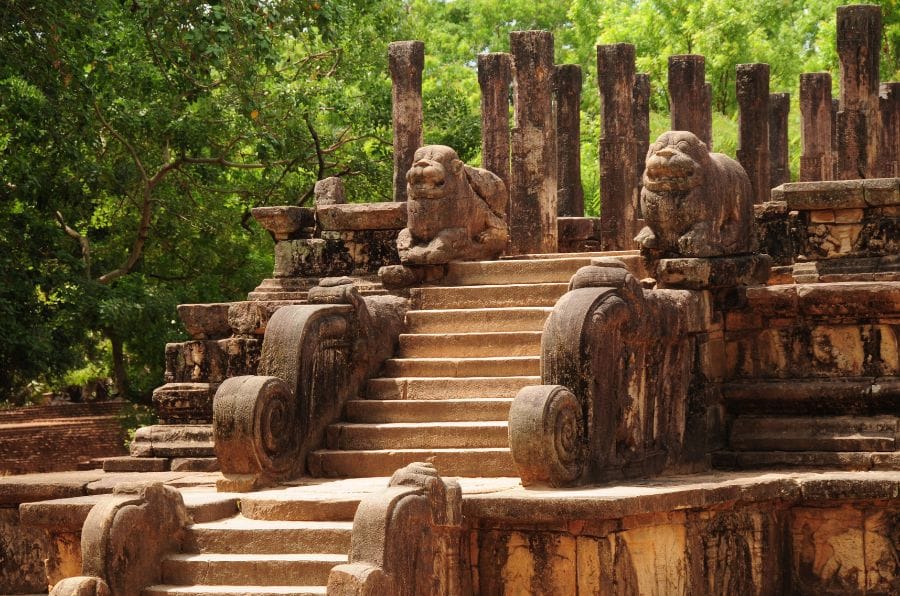
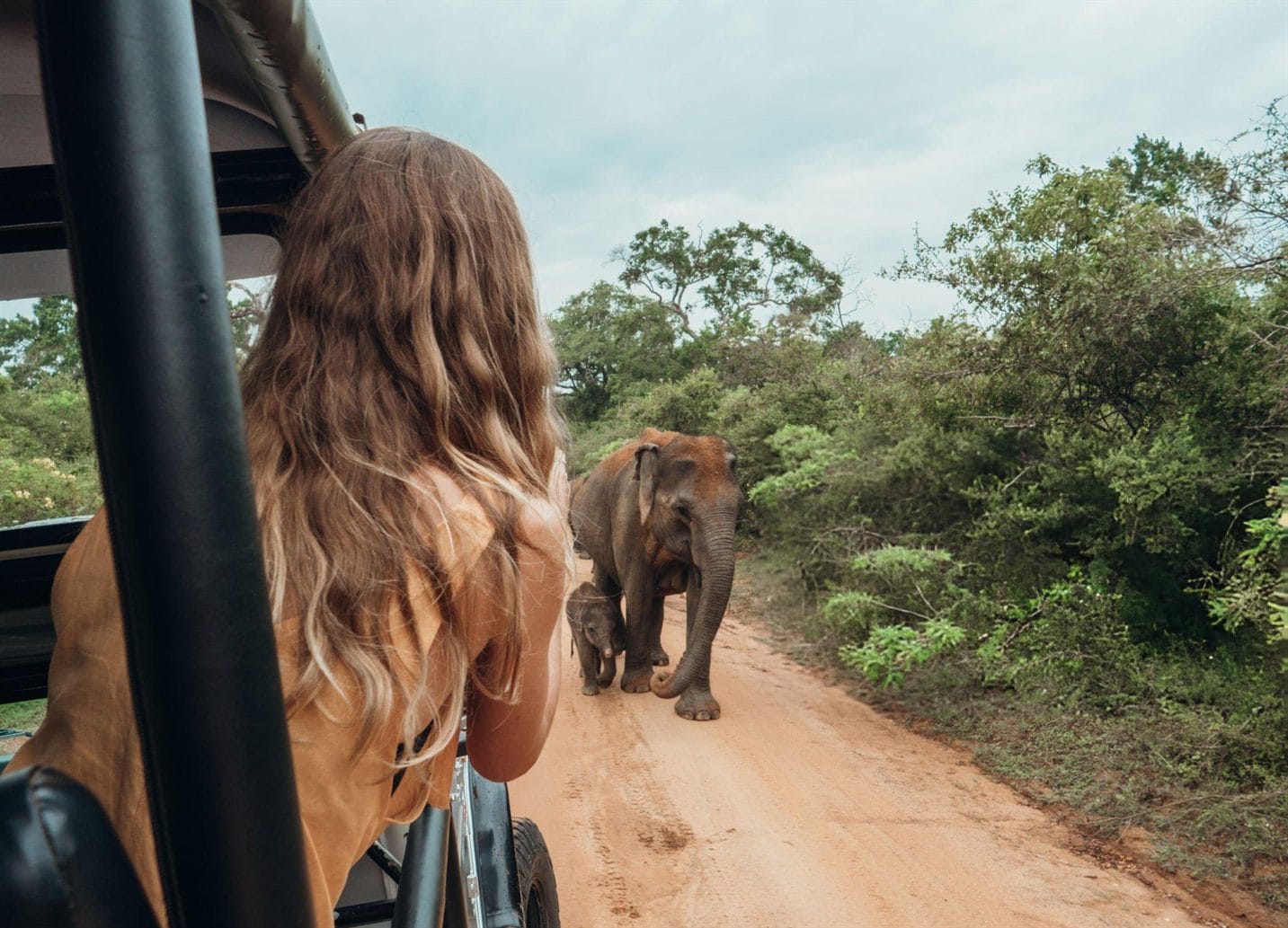
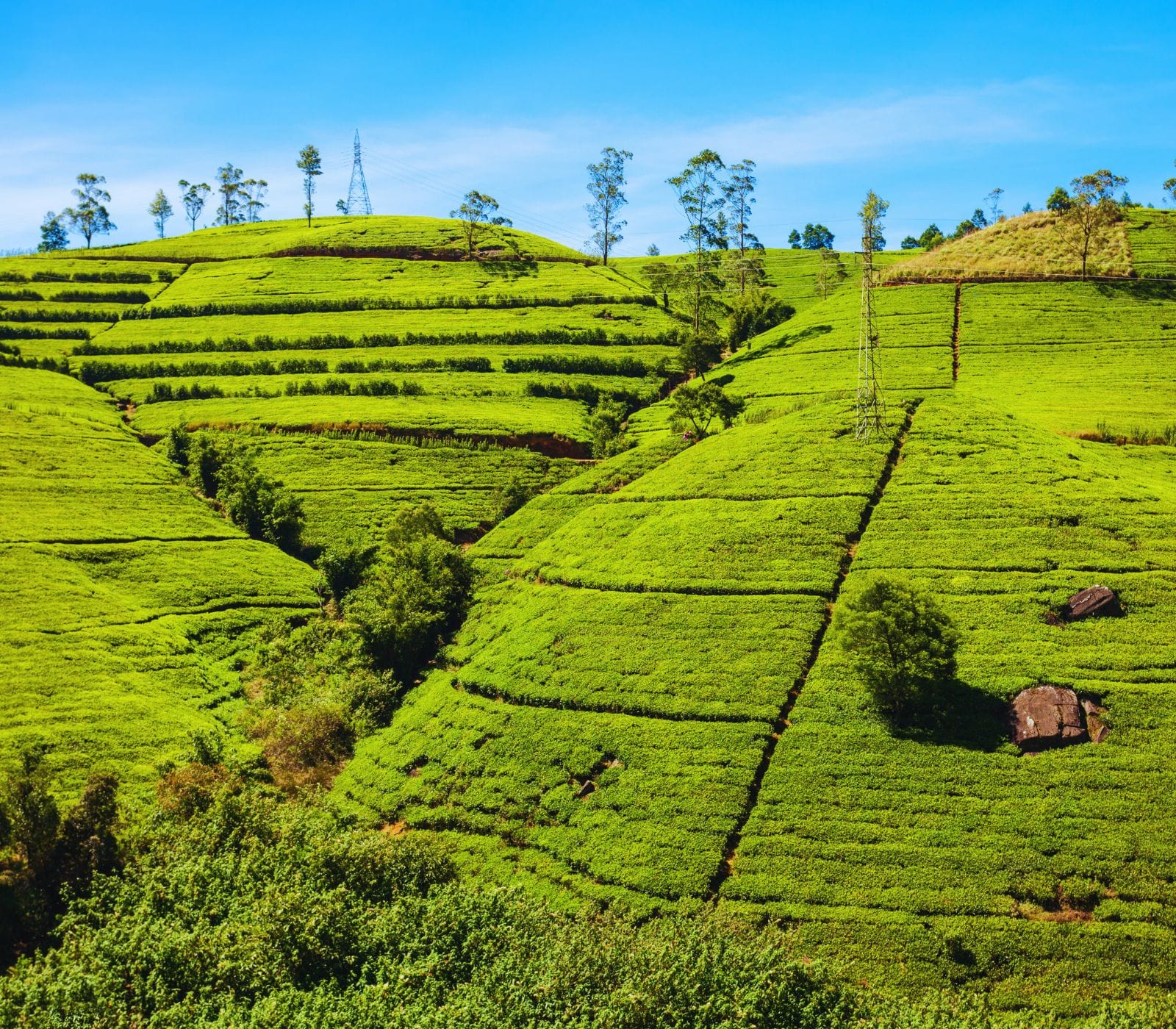
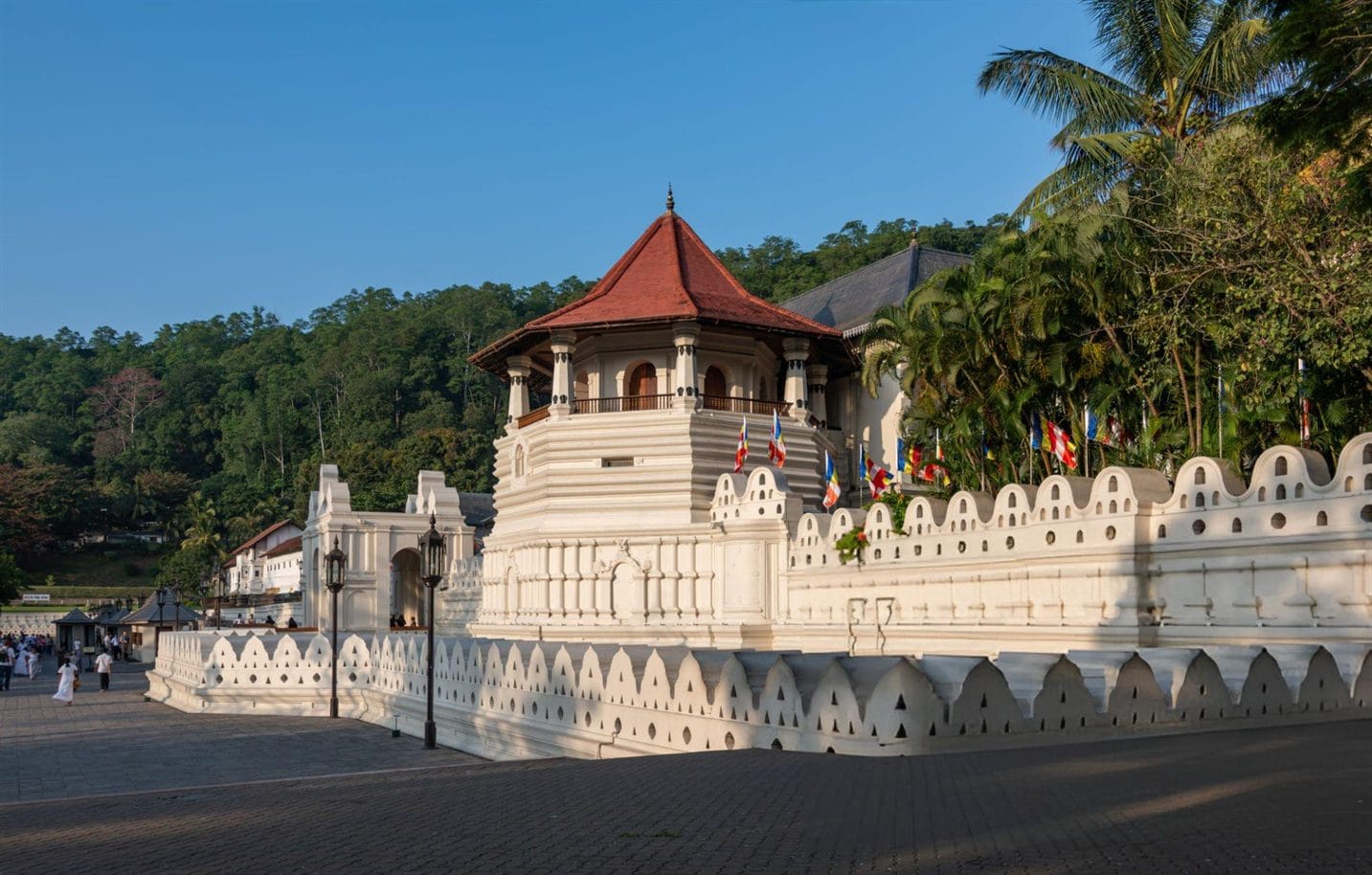
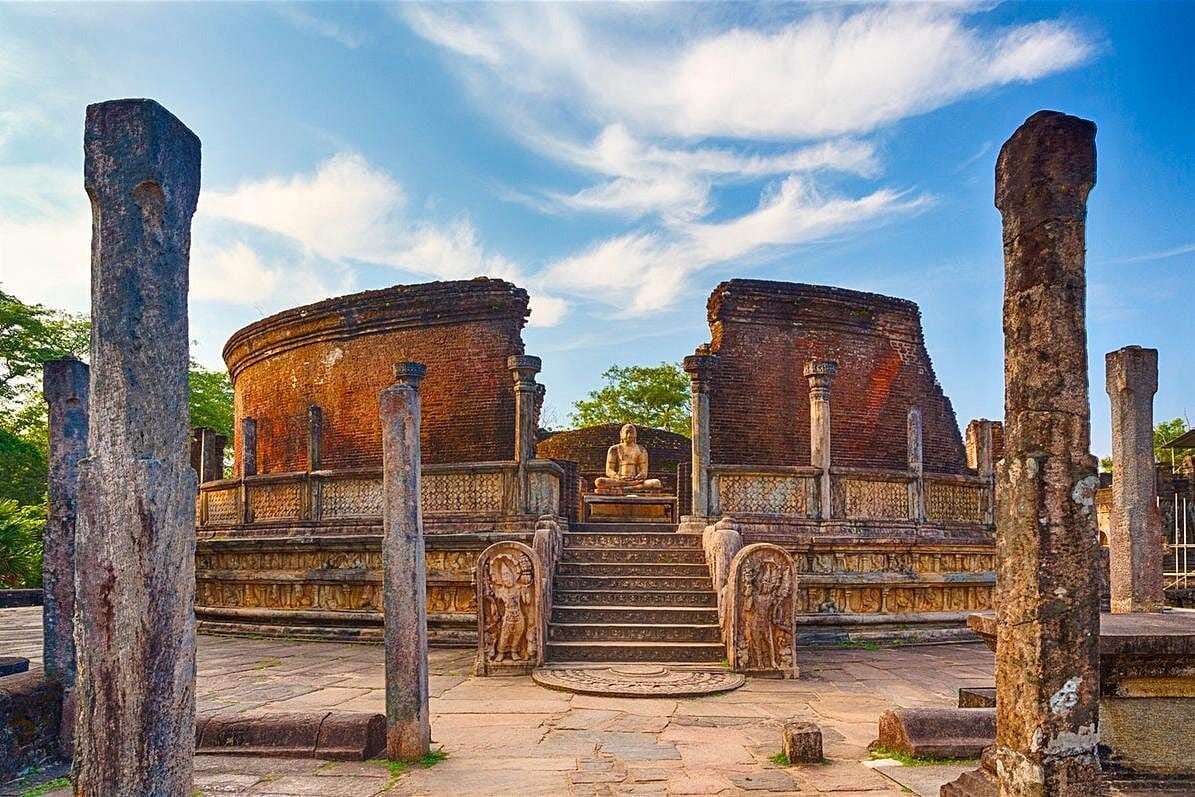



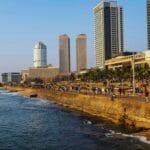


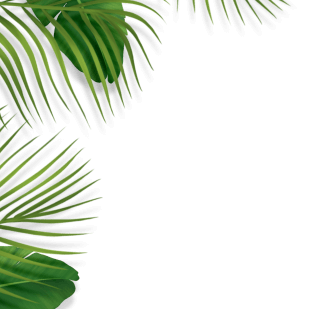
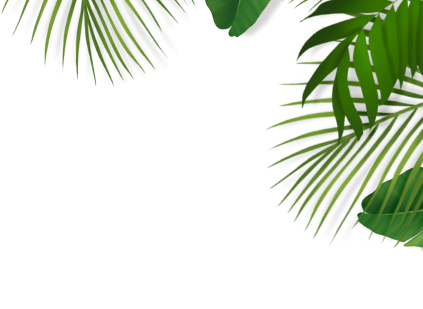
Leave a comment: